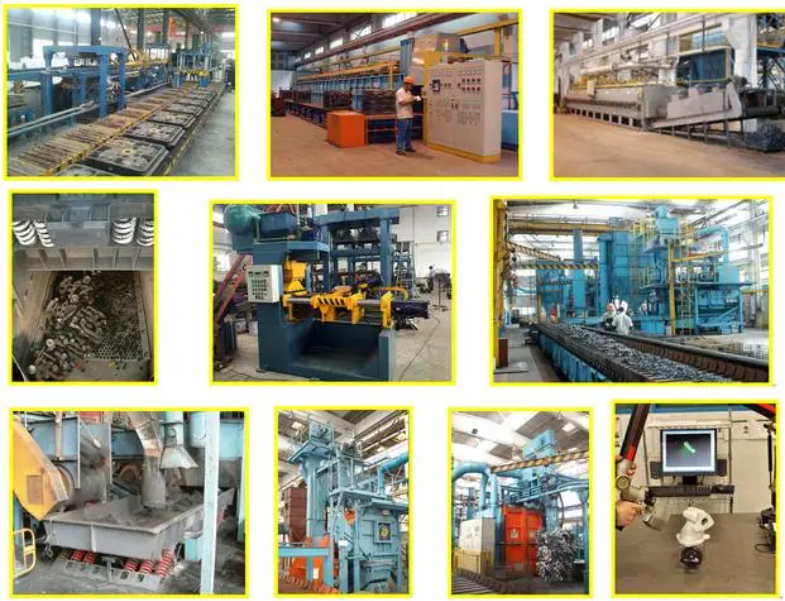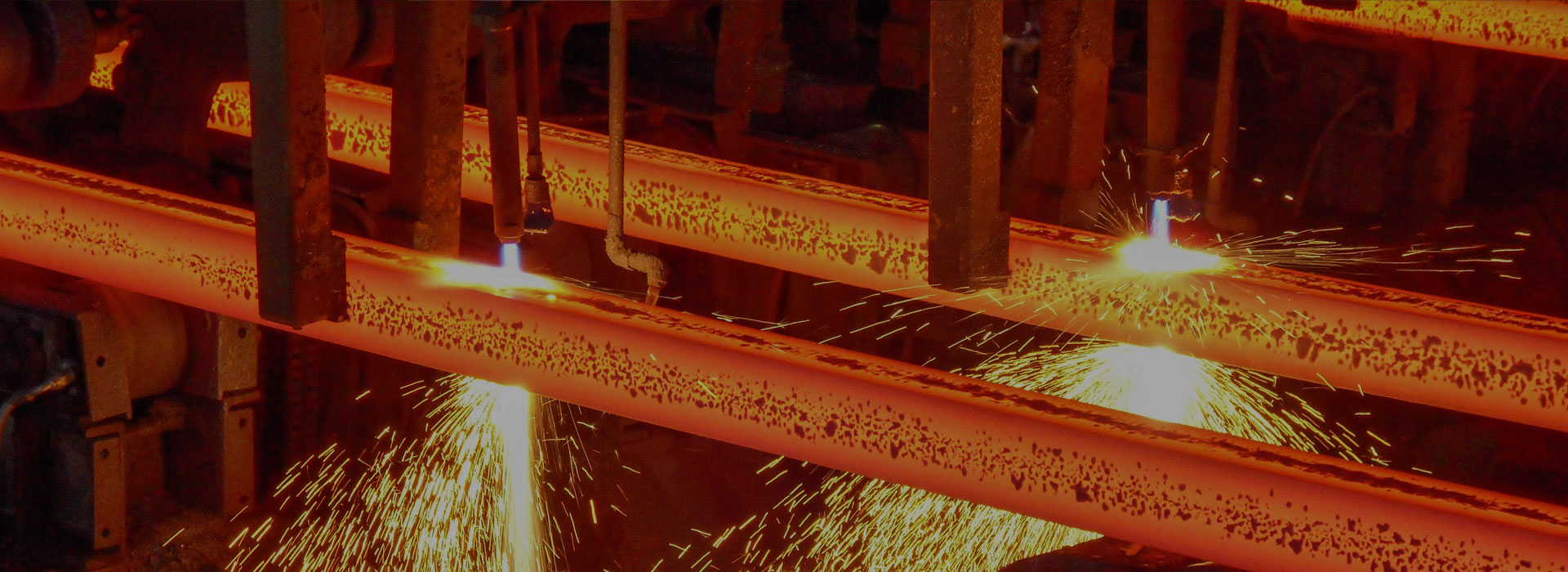How to improve the quality of iron casting
2023-09-25
Iron casting is a widely used manufacturing process that involves pouring molten iron into a mold to create various products. However, ensuring the quality of iron casting can be challenging due to factors such as defects, inconsistencies, and impurities. In this article, we will discuss several strategies to improve the quality of iron casting.
1. Proper Design and Mold Preparation:
One of the key factors in achieving high-quality iron casting is to have a well-designed mold. The mold should be designed to allow for proper filling and solidification of the molten iron. Additionally, the mold should be prepared properly by ensuring it is clean, dry, and adequately coated with a suitable refractory material. This helps prevent defects and ensures a smooth casting process.
2. Optimal Pouring and Solidification:
The pouring and solidification stages are critical in iron casting. It is essential to pour the molten iron at the correct temperature and rate to ensure proper filling of the mold and minimize the formation of defects such as shrinkage and porosity. Controlling the cooling rate during solidification is also crucial to prevent cracking and ensure uniformity in the casting.
3. Quality Control and Inspection:
Implementing a robust quality control system is vital to improve the quality of iron casting. Regular inspections should be conducted throughout the casting process to identify any defects or inconsistencies. This can be done through visual inspections, non-destructive testing methods, and dimensional checks. By identifying and addressing issues early on, the overall quality of the casting can be significantly improved.
4. Proper Material Selection and Preparation:
The choice of iron alloy and its preparation play a significant role in the quality of iron casting. It is essential to select the appropriate iron alloy that meets the desired mechanical and chemical properties for the intended application. Additionally, the iron should be properly prepared by removing any impurities or contaminants that could affect the casting quality.
5. Process Optimization and Continuous Improvement:
Continuous improvement is key to enhancing the quality of iron casting. By analyzing process data, identifying areas of improvement, and implementing changes, the casting process can be optimized to achieve better results. This may involve adjusting parameters such as pouring temperature, mold design, or material composition. Regular monitoring and analysis of process variables can help identify opportunities for improvement.
Improving the quality of iron casting requires a combination of proper design, mold preparation, pouring and solidification techniques, quality control measures, material selection, and continuous improvement. By implementing these strategies, manufacturers can enhance the overall quality of their iron castings, resulting in better performance and increased customer satisfaction.




